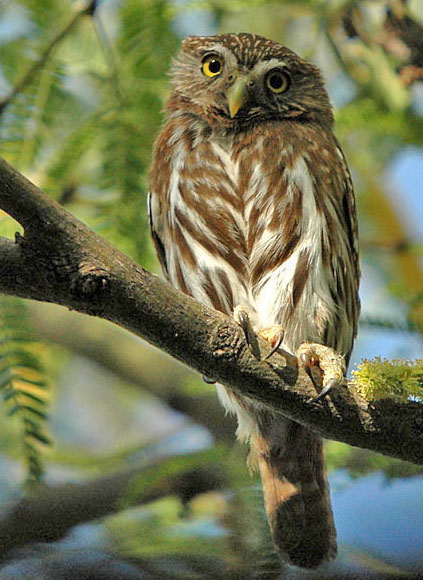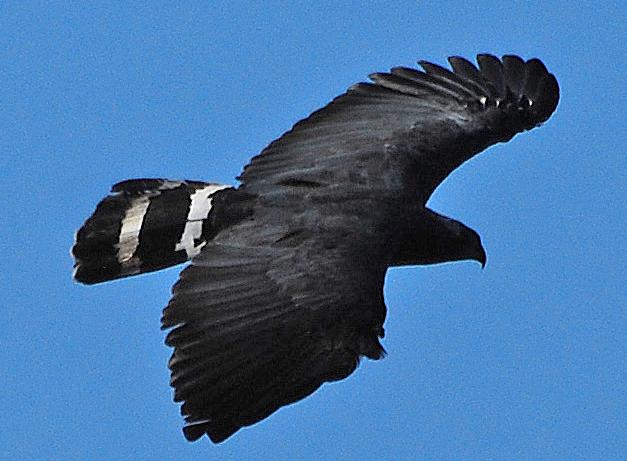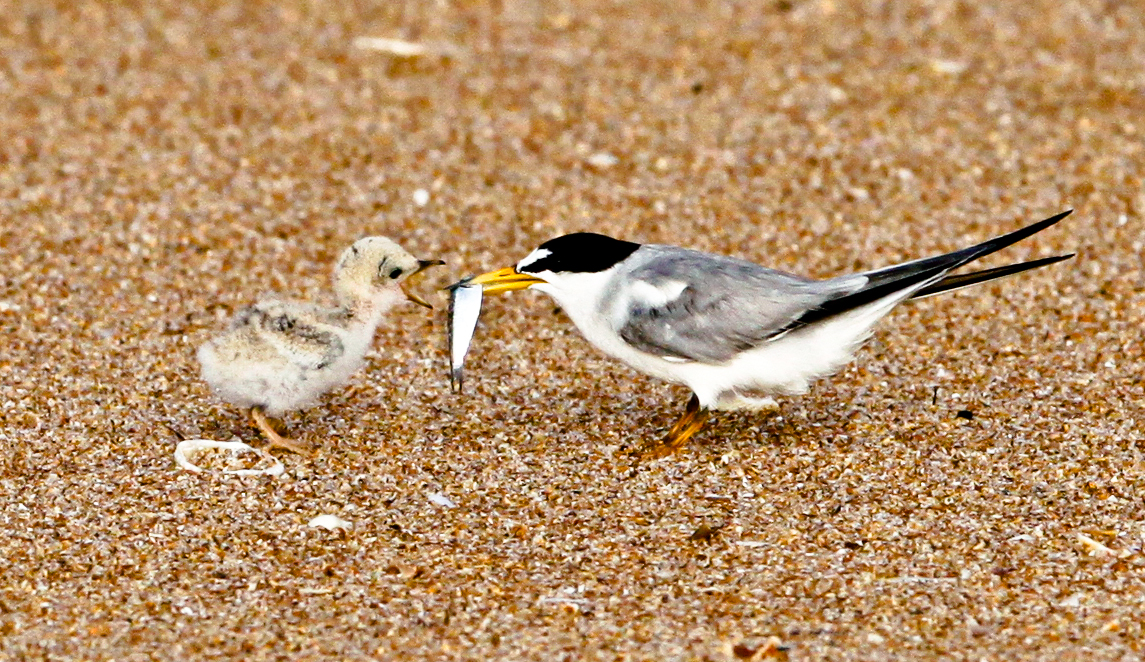|
Los Petenes
Los Petenes Biosphere Reserve ( es, Reserva de la Biosfera Los Petenes) is a biosphere reserve in Mexico. It is located on the western Yucatán Peninsula in the state of Campeche. The reserve is home to extensive mangrove wetlands, and rich in birds and other wildlife. Geography The reserve covers an area of . It is bounded on the west by the Gulf of Mexico. It adjoins Ría Celestun Biosphere Reserve on the north. The city of Campeche is south of the reserve. The reserve includes coastal beaches and dunes, which enclose lagoons and wetlands. There are low uplands in the eastern portion of the reserve. Ecology The reserve protects extensive mangrove wetlands, part of a mangrove corridor known as the Petenes mangroves which extends along the western shore of the Yucatán Peninsula. Freshwater from the peninsula's extensive aquifer has outlets in the reserve, mixing with the salt waters of the Gulf of Mexico in the wetlands. Button mangrove (''Conocarpus erectus'') and Campeche woo ... [...More Info...] [...Related Items...] OR: [Wikipedia] [Google] [Baidu] |
Yucatán Peninsula
The Yucatán Peninsula (, also , ; es, Península de Yucatán ) is a large peninsula in southeastern Mexico and adjacent portions of Belize and Guatemala. The peninsula extends towards the northeast, separating the Gulf of Mexico to the north and west of the peninsula from the Caribbean Sea to the east. The Yucatán Channel, between the northeastern corner of the peninsula and Cuba, connects the two bodies of water. The peninsula is approximately in area. It has low relief, and is almost entirely composed of porous limestone. The peninsula lies east of the Isthmus of Tehuantepec, the narrowest point in Mexico separating the Atlantic Ocean, including the Gulf of Mexico and Caribbean Sea, from the Pacific Ocean. Some consider the isthmus to be the geographic boundary between Central America and the rest of North America, placing the peninsula in Central America. Politically all of Mexico, including the Yucatán, is generally considered part of North America, while Guatemala an ... [...More Info...] [...Related Items...] OR: [Wikipedia] [Google] [Baidu] |
Jabiru
The jabiru ( or ; ''Jabiru mycteria'') is a large stork found in the Americas from Mexico to Argentina, except west of the Andes. It sometimes wanders into the United States, usually in Texas, but has been reported as far north as Mississippi. It is most common in the Pantanal region of Brazil and the Eastern Chaco region of Paraguay. It is the only member of the genus ''Jabiru''. The name comes from a Tupi–Guaraní language and means "swollen neck". Taxonomy Hinrich Lichtenstein described the jabiru in 1819. The name ''jabiru'' has also been used for two other birds of a distinct genus: black-necked stork (''Ephippiorhynchus asiaticus''), commonly called "jabiru" in Australia; and sometimes also for the saddle-billed stork (''Ephippiorhynchus senegalensis'') of Sub-Saharan Africa. In particular, Gardiner's Egyptian hieroglyph G29, believed to depict an ''E. senegalensis'', is sometimes labeled "jabiru" in hieroglyph lists. The ''Ephippiorhynchus'' are believed to be the ... [...More Info...] [...Related Items...] OR: [Wikipedia] [Google] [Baidu] |
Least Bittern
The least bittern (''Ixobrychus exilis'') is a small heron, the smallest member of the family Ardeidae found in the Americas. Taxonomy The least bittern was formally described in 1789 by the German naturalist Johann Friedrich Gmelin in his revised and expanded edition of Carl Linnaeus's ''Systema Naturae''. He placed it with the herons, cranes, storks and bitterns in the genus '' Ardea'' and coined the binomial name ''Ardea exilis''. Gmelin based his description on the "minute bittern" from Jamaica that had been included by the English ornithologist John Latham in his multi-volume work ''A General Synopsis of Birds''. Latham did not specify how he had obtained the specimen. The least bittern is now one of ten species placed in the genus ''Ixobrychus'' that was introduced in 1828 by the Swedish naturalist Gustaf Johan Billberg. The genus name combines the Ancient Greek ''ixias'', a reed-like plant and ''brukhomai'', to bellow. The specific epithet ''exilis'' is Latin meaning "l ... [...More Info...] [...Related Items...] OR: [Wikipedia] [Google] [Baidu] |
Ferruginous Pygmy Owl
The ferruginous pygmy owl (''Glaucidium brasilianum'') is a small owl that breeds in south-central Arizona and southern Texas in the United States, south through Mexico and Central America, to South America into Brazil, Bolivia, Paraguay and Argentina. In Central America and South America, it is the most widely distributed pygmy owl and is probably one of the most numerous owl species in those areas. It is found in a wide range of semi-open wooded habitats. Taxonomy The ferruginous pygmy owl was formally described in 1788 by the German naturalist Johann Friedrich Gmelin in his revised and expanded edition of Carl Linnaeus's ''Systema Naturae''. He placed it with all the other owls in the genus ''Strix'' and coined the binomial name ''Strix brasiliana''. Although not cited directly, Gmelin's description was ultimately based on the "Cabure" that had been described in 1648 by the German naturalist Georg Marcgrave in his ''Historia Naturalis Brasiliae''. The ferruginous pygmy owl i ... [...More Info...] [...Related Items...] OR: [Wikipedia] [Google] [Baidu] |
Bat Falcon
The bat falcon (''Falco rufigularis'') is a falcon that is a resident breeder in tropical Mexico, Central and South America, Trinidad. It was long known as ''Falco albigularis''; the names ''Falco fusco-coerulescens'' or ''Falco fuscocaerulescens'', long used for the aplomado falcon, are now believed to refer to the present species. It is probably closely related to and looks like a small version of the orange-breasted falcon with which it has been misidentified. These two, in turn, are probably closest to the aplomado falcon and constitute a rather old American lineage of ''Falco'' species. The female bat falcon, at 30.5 cm length, is much larger than the 23-cm-long male. Adults have a black back, head, and tail. The throat, upper breast, and neck sides are creamy white, the lower breast and belly are black, finely barred white, and the thighs and lower belly are orange. Young birds are similar, but with a buffy throat. The call of this species is a high pitched ''ke-ke- ... [...More Info...] [...Related Items...] OR: [Wikipedia] [Google] [Baidu] |
Yucatan Amazon
The Yucatan amazon (''Amazona xantholora''), also known as the yellow-lored amazon, Yucatan parrot or yellow-lored parrot is a species of bird in subfamily Arinae of the family Psittacidae, the African and New World parrots. It is found in Belize, Guatemala, Honduras, and Mexico.Chesser, R. T., S. M. Billerman, K. J. Burns, C. Cicero, J. L. Dunn, B. E. Hernández-Baños, R. A. Jiménez, A. W. Kratter, N. A. Mason, P. C. Rasmussen, J. V. Remsen, Jr., D. F. Stotz, and K. Winker. 2022. Check-list of North American Birds (online). American Ornithological Society. https://checklist.aou.org/taxa Taxonomy and systematics The Yucatan amazon is monotypic. Description The Yucatan amazon is long and weighs . It is mostly green. Adult males are chrome yellow on their lores and the sides of their forehead; the rest of the forhead and most of their crown are white. The area around and behind their eye is red and their ear coverts are dusky. Their rear crown is greenish blue, their nape g ... [...More Info...] [...Related Items...] OR: [Wikipedia] [Google] [Baidu] |
Black Hawk-eagle
The black hawk-eagle (), also known as the tyrant hawk-eagle, is a species of eagle found from central Mexico through Central America into the south of Brazil to Colombia, eastern Peru, and as far as northern Argentina. There are two known subspecies, , which is found in Southeastern Brazil and Northeastern Argentina, and the slightly smaller , which can be found elsewhere throughout the species' range. Its preferred habitats include humid and moist forests close to rivers, and several types of woodland. It is uncommon to fairly common throughout most of its range. Its closest relative is the ornate hawk-eagle, which is similar in size, appearance and behavior but lives at lower elevations. Description The black hawk-eagle is 58–70 cm (23–28 in) long and weighs about 900–1,300 grams (2-2.9 lbs). It has black plumage with varying patterns on its wings and body, and white speckling in places. It has barred wings, slightly elliptical in shape, and a long, ... [...More Info...] [...Related Items...] OR: [Wikipedia] [Google] [Baidu] |
Common Black Hawk
The common black hawk (''Buteogallus anthracinus'') is a bird of prey in the family Accipitridae, which also includes the eagles, hawks, and Old World vultures. Description The adult common black-hawk is long and weighs on average. It has very broad wings, and is mainly black or dark gray. The short tail is black with a single broad white band and a white tip. The bill is black and the legs and cere are yellow. The adults resemble zone-tailed hawks, but have fewer white bars on their tail and are larger in size. Sexes are similar, but immature birds are dark brown above with spotting and streaks. Their underparts are buff to whitish with dark blotches, and the tail has a number of black and white bars. Subspecies It formerly included the Cuban black-hawk (''Buteogallus gundlachii'') as a subspecies. The mangrove black hawk, traditionally considered a distinct species, is now generally considered a subspecies, ''B. a. subtilis'', of the common black-hawk. Distribution and hab ... [...More Info...] [...Related Items...] OR: [Wikipedia] [Google] [Baidu] |
Crane Hawk
The crane hawk (''Geranospiza caerulescens'') is a species of bird of prey in the family Accipitridae. It is monotypic within the genus ''Geranospiza''. Taxonomy The crane hawk used to be many species that were recently lumped into one. Those species are now designated as subspecies. Color varies clinally, though, and it is now commonly accepted that they comprise one species. There are also two species of harrier-hawks in Africa of the genus Polyboroides that, while they are morphologically and behaviorally similar, are not very closely related. They serve as a good example of convergent evolution. The crane hawk includes the following subspecies: * ''G. c. livens'' - Bangs & Penard, TE, 1921 * ''G. c. nigra'' - (Du Bus de Gisignies, 1847) * ''G. c. balzarensis'' - Sclater, WL, 1918 * ''G. c. caerulescens'' - (Vieillot, 1817) * ''G. c. gracilis'' - (Temminck, 1821) * ''G. c. flexipes'' - Peters, JL, 1935 Habitat and distribution Crane hawks occur in tropical lowlands at the e ... [...More Info...] [...Related Items...] OR: [Wikipedia] [Google] [Baidu] |
Least Tern
The least tern (''Sternula antillarum'') is a species of tern that breeds in North America and locally in northern South America. It is closely related to, and was formerly often considered conspecific with, the little tern of the Old World. Other close relatives include the yellow-billed tern and Peruvian tern, both from South America. It is a small tern, long, with a wingspan of , and weighing . The upper parts are a fairly uniform pale gray, and the underparts white. The head is white, with a black cap and line through the eye to the base of the bill, and a small white forehead patch above the bill; in winter, the white forehead is more extensive, with a smaller and less sharply defined black cap. The bill is yellow with a small black tip in summer, all blackish in winter. The legs are yellowish. The wings are mostly pale gray, but with conspicuous black markings on their outermost primaries. It flies over water with fast, jerky wingbeats and a distinctive hunchback appearan ... [...More Info...] [...Related Items...] OR: [Wikipedia] [Google] [Baidu] |
Hooded Oriole
The hooded oriole (''Icterus cucullatus'') is a medium-sized New World oriole. The male of this species ranges in color from a bright orange to a paler yellow, with a black back, face, tail and bib, with the wing containing two white bars. The female is more of an olive color with some yellow accents. Description and ecology Adults have a curved bill which is completely black and white wing bars. The adult male has a deep yellowish orange head with black on the face and throat; they are black on the back, wings and tail, orange on the underparts. The adult female is olive-green on the upper parts, yellowish on the breast and belly. Their calls consist of whistling and wheets, while their song is a mixture of both. Their breeding habitat is open areas with trees, especially palms, across the Southwestern United States and northern Mexico. The nest is a tightly woven pouch attached to the underside of a leaf or tree branch. Sometimes their nest is filled with the egg of a brown-he ... [...More Info...] [...Related Items...] OR: [Wikipedia] [Google] [Baidu] |
Orange Oriole
The orange oriole (''Icterus auratus'') is a species of bird in the family Icteridae. It is found in the Yucatán Peninsula and far northern Belize. The male has a bright orange hood and a black bib. Its natural habitats are subtropical or tropical dry forests and heavily degraded former forest. References orange oriole Birds of the Yucatán Peninsula orange oriole orange oriole The orange oriole (''Icterus auratus'') is a species of bird in the family Icteridae. It is found in the Yucatán Peninsula and far northern Belize. The male has a bright orange hood and a black bib. Its natural habitats are subtropical or tropic ... Taxonomy articles created by Polbot {{Icteridae-stub ... [...More Info...] [...Related Items...] OR: [Wikipedia] [Google] [Baidu] |





